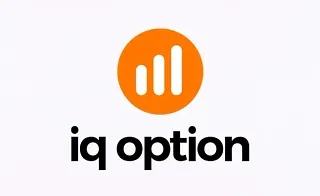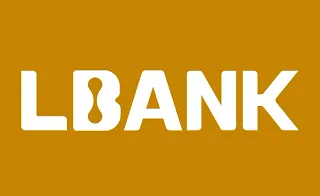Using traditional financial systems requires verification by a central authority that serves as a validator and transaction intermediary. This structure imposes several limitations on financial services in traditional systems, including geographical and time-based restrictions.
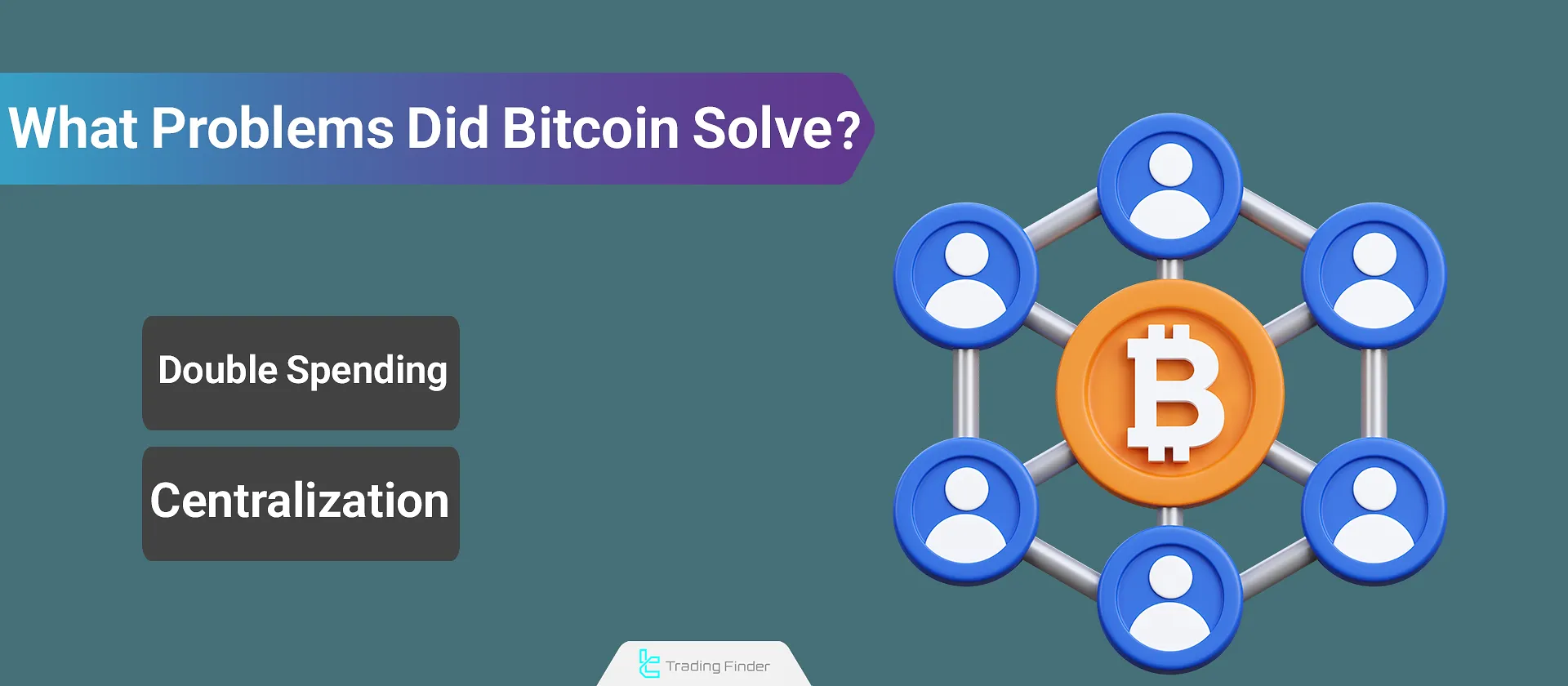
Satoshi Nakamoto, by creating Bitcoin, introduced a solution where transactions would not require third-party approval and could be carried out directly between peers. Therefore, Bitcoin effectively addresses problems such as double spending and centralization.
Problems in Digital Financial Systems Before Bitcoin
Digital financial systems prior to the invention of Bitcoin had two significant issues of centralization and double-spending. To solve these problems, individuals had to rely on intermediaries such as banks to process their transactions.
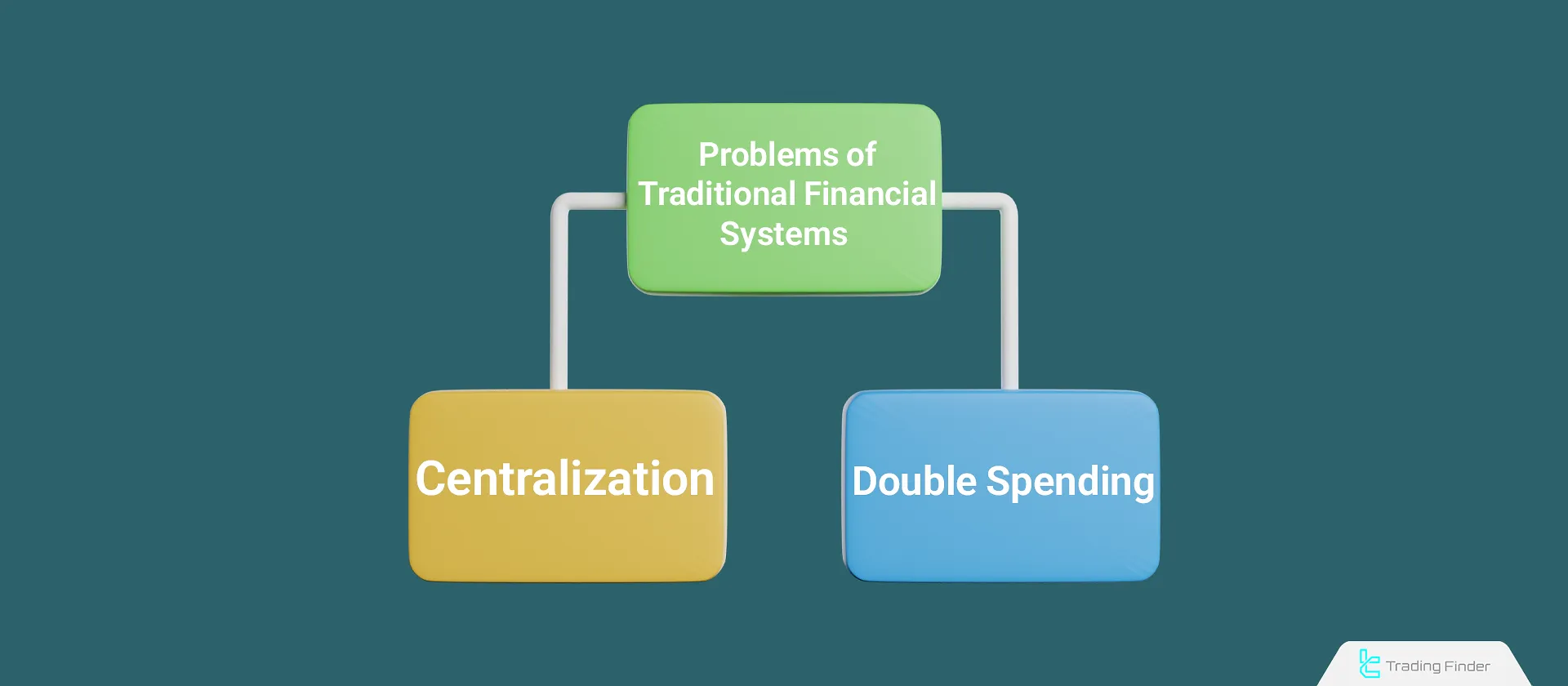
The double-spending problem refers to the ability to spend the same digital asset more than once. For example, if someone creates an image file of a one-dollar bill, they could copy it infinitely and use it across various platforms.
To prevent such occurrences, people had to trust a central authority like a bank, and this trust naturally created the concept of centralization.
Bitcoin’s Solution to Centralization and Double Spending
In traditional systems, all transaction information is recorded and stored in the ledger of a central authority. As a result, every transaction required approval from this entity.
Bitcoin introduced the concept of the Distributed Ledger, offering a solution where financial transactions could be carried out peer-to-peer without requiring the approval of a central authority. This process prevents double spending in a fully decentralized way.
How Does Bitcoin’s Distributed Ledger Work?
The Distributed Ledger, utilizing blockchain technology, records all transactions in a file that is replicated across thousands of computers worldwide. Thus, it becomes practically impossible to alter this information.
All versions of this file are continuously synchronized, and all users can view and verify these records.
Other Problems Solved by Bitcoin
The existence of a central authority as the validator of transactions led to other issues, such as censorship of information, restricted access, and complications with cross-border transactions, among others.
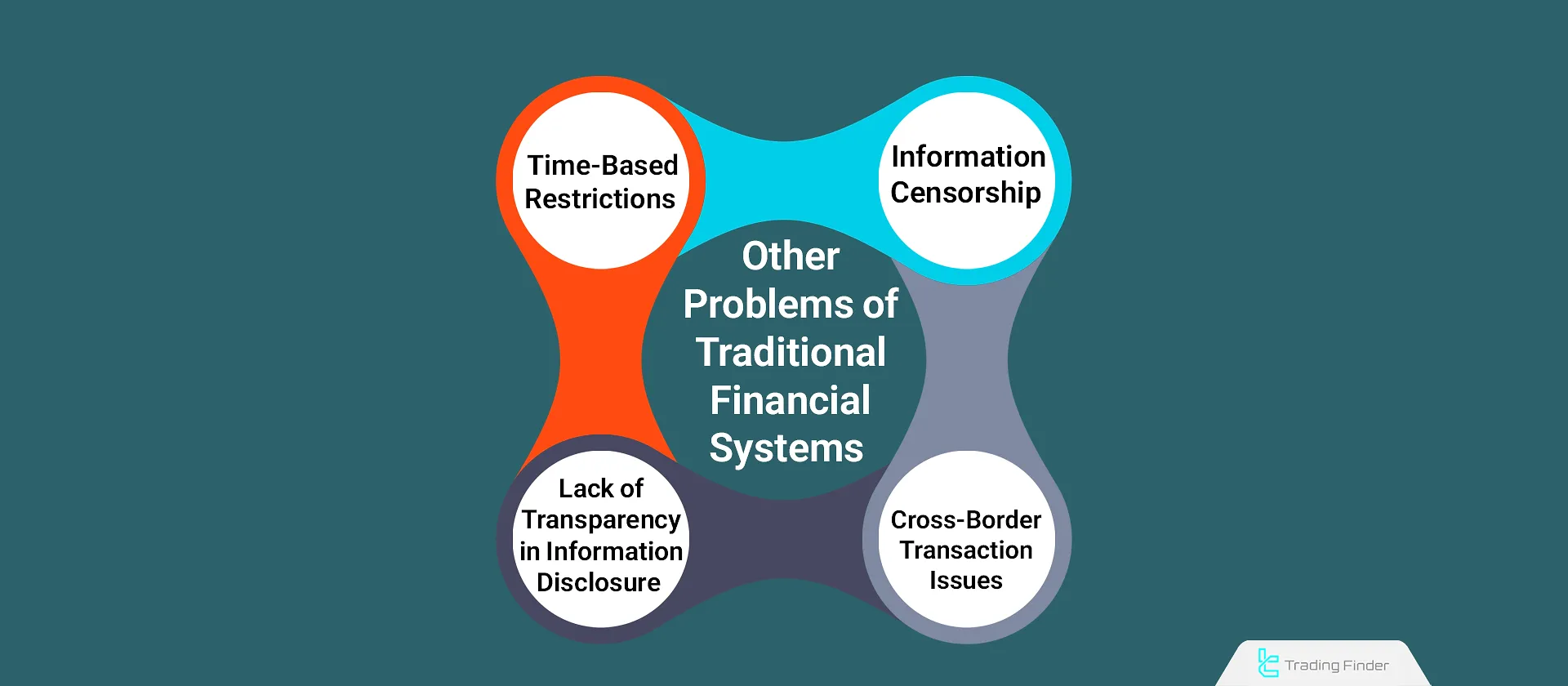
Issues in Traditional Financial Systems vs. Bitcoin's Solutions:
Problems of Traditional Financial Systems | Bitcoin’s Solutions |
Censorship and manipulation of information | Immunity to censorship due to data being stored on thousands of computers worldwide |
Time-based limitations in accessing financial services | 24/7 accessibility to Bitcoin services without any downtime |
High costs and legal hurdles for cross-border transactions | No concept of borders in Bitcoin’s system |
Lack of transparency in financial transactions | Full transparency and open access to review the history of all transactions |
How Does Bitcoin Prevent Inflation?
Governments in different economic situations, like recessions, often resort to printing more money to boost the economy. However, this causes the value of money to decline, disrupts the balance between supply and demand, reduces purchasing power, and leads to inflation.
In contrast to fiat currencies that can be issued infinitely, Bitcoin has a fixed supply cap. The total supply is limited to 21 million units, and no authority, organization, or individual can increase this number beyond this limit. This feature turns Bitcoin into a deflationary asset.
Conclusion
Traditional financial systems address the double-spending issue of digital assets by storing all transaction data in a centralized ledger and using it to validate and complete transactions. This centralized setup enabled system owners to manipulate, censor, or exploit data, demonstrating the inherent centralization in such systems.
Bitcoin, by introducing the concept of a Distributed Ledger, provided a decentralized solution to the double-spending problem. All transaction data is stored in the distributed ledger and replicated across millions of computers worldwide, making it resistant to censorship, manipulation, or misuse.

